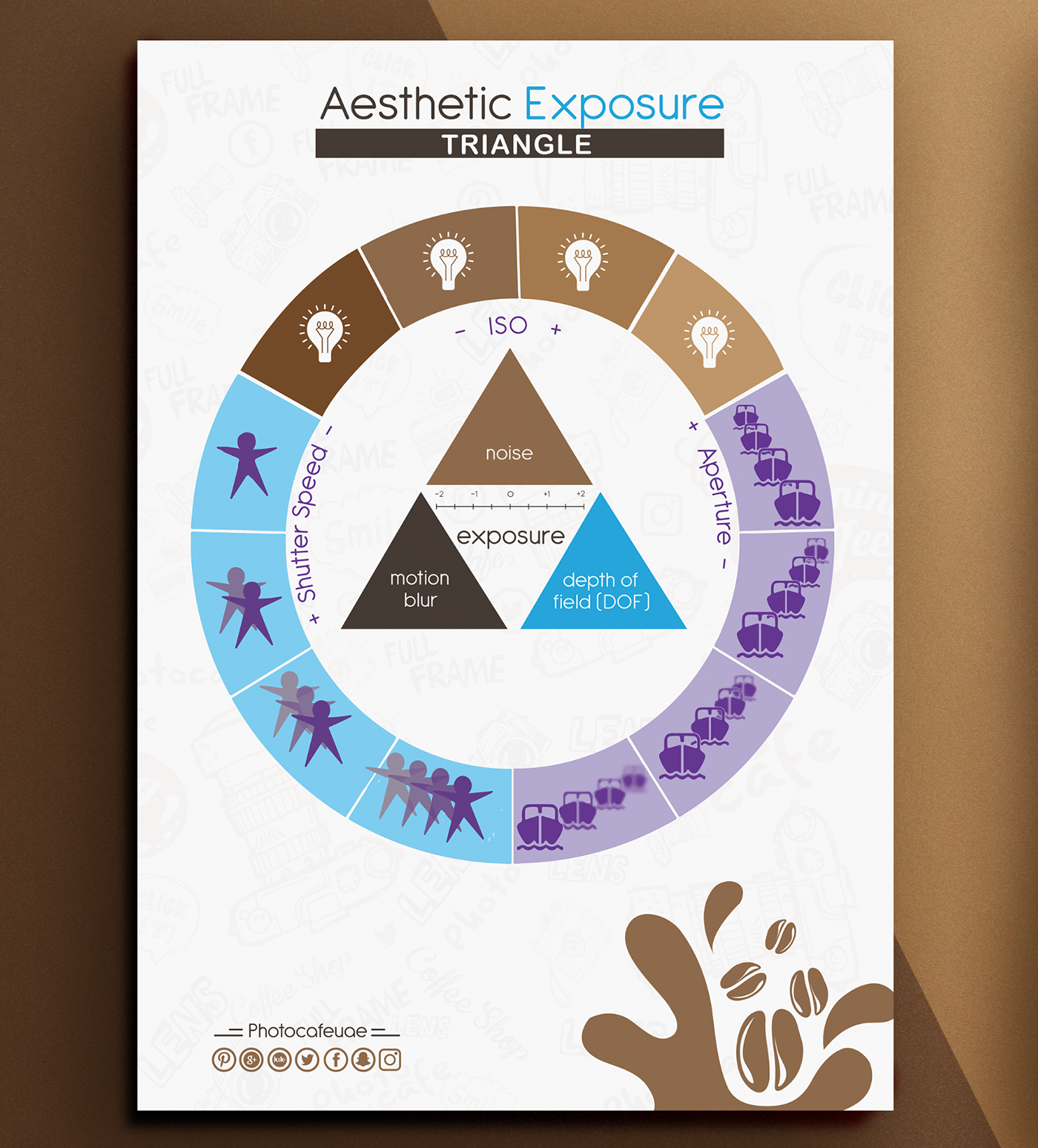What Every Digital Photographer Should Understand About Lighting
What Every Digital Photographer Should Understand About Lighting
Blog Article
Developed By- photo studio near me
As a photographer, you recognize that illumination can make or damage your images. Understanding the subtleties of both all-natural and artificial light is important for recording the state of mind and clearness you aim for in your work. Whether https://www.liveinternet.ru/users/huff_morton/post509045439 chasing after the best gold hour glow or adjust your artificial arrangements, understanding these aspects can raise your photography dramatically. But there are common pitfalls that several ignore, and recognizing them can change your technique to every shoot. Allow's explore what you may be missing out on and just how it can influence your results.
Recognizing All-natural Light
Understanding natural light is crucial for any digital photographer aiming to improve their work. It's the foundation of great digital photography, influencing state of mind, tone, and clearness. When you shoot outdoors, pay attention to the moment of day. The gold hour-- shortly after sunup and prior to sundown-- provides soft, cozy light that can transform common scenes right into spectacular photos.
Do not underestimate the power of overcast days. Cloud cover diffuses sunlight, creating a soft, also light that's perfect for pictures and macro photography. You'll locate shades pop in this type of lighting without extreme darkness.
Positioning matters, too. Constantly consider your subject's positioning to the light source. If the sun's behind your topic, you might wind up with a silhouette, which can be remarkable yet mightn't be what you want. Alternatively, direct sunlight can develop unflattering darkness.
Try out angles; occasionally, changing your point of view can produce remarkable outcomes. Usage all-natural reflectors, like water or sand, to jump light onto your topic, including dimension.
Mastering Artificial Light
Grasping synthetic light is necessary for photographers who wish to take their skills to the following degree. Whether you're using speedlights, studio strobes, or continuous lights, understanding just how to control these resources can considerably enhance your pictures.
Beginning by familiarizing on your own with the basics of light top quality, direction, and color temperature. Explore different modifiers like softboxes, umbrellas, or grids to control the soft qualities or harshness of the light.
You'll discover that soft light often creates flattering outcomes, while harsher light can include dramatization and depth. Don't shy away from shadows; they can improve the three-dimensionality of your topics.
Pay attention to the positioning of your lights. A light located as well close to your subject can develop unflattering outcomes, while also far away can cause an absence of information. Use a light meter or your video camera's pie chart to ensure you're subjecting properly.
Finally, bear in mind that fabricated light can be combined with ambient light for innovative impacts. Stabilizing these resources may take technique, once you grasp it, your digital photography will truly shine.
Methods for Various Circumstances
When you enter different capturing scenarios, adapting your lights methods is critical for catching the very best photos. For outdoor pictures, use the gold hour-- morning or late afternoon light-- to soften darkness and boost skin tones.
If read article 's a rough lunchtime sun, think about using a reflector to jump light back onto your subject or seek shaded locations for an extra even exposure.
In low-light scenarios, like indoor occasions, increase your ISO and make use of a vast aperture to allow in even more light. A tripod can help get rid of cam shake, enabling longer exposures without blurring.
If https://telegra.ph/Common-Mistakes-New-Photographers-Make-And-How-To-Stay-Clear-Of-Them-01-08 contending night, try out off-camera flash to create dynamic lights and deepness in your pictures.
For product digital photography, utilize diffused illumination to prevent harsh reflections. Softboxes or light outdoors tents can aid achieve this result.
When photographing landscapes, think about the direction of light and time of day, as it can substantially alter the state of mind of your shot.
Constantly prepare to adjust your settings and positioning based on the situation, as adaptability is vital to grasping illumination in digital photography.
Final thought
To conclude, grasping illumination is crucial to boosting your digital photography abilities. Accept all-natural light's appeal throughout golden hour, and do not avoid try out man-made light strategies. By adjusting your strategy to different circumstances, you'll record stunning pictures that resonate with emotion and clarity. Keep in mind, the right lights can transform an average shot into something phenomenal, so maintain exercising and fine-tuning your understanding of both all-natural and fabricated light. Happy shooting!
